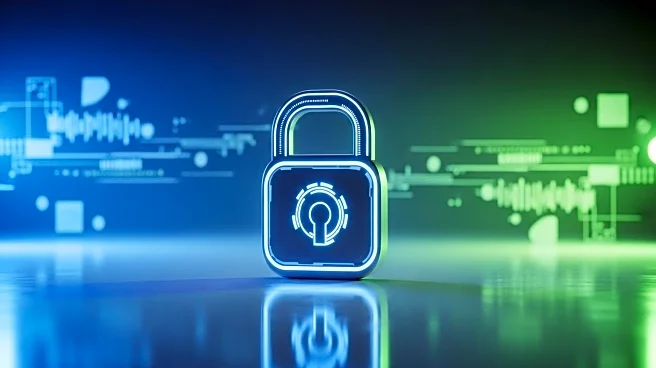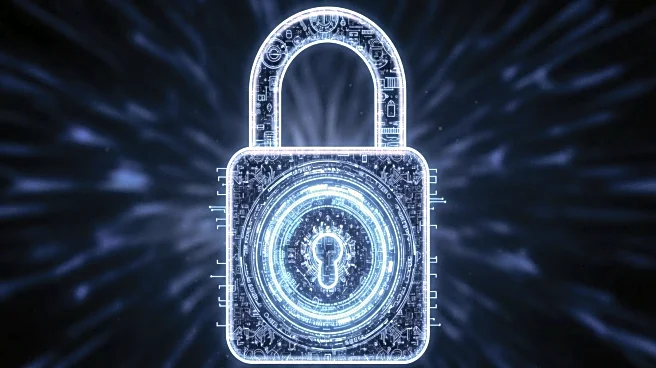What's Happening?
Recent cybersecurity reports highlight a surge in insider threats, particularly involving social engineering attacks on corporate Salesforce instances. These attacks often involve threat actors impersonating IT helpdesk personnel to obtain Salesforce credentials and MFA tokens, or deploying malicious versions of Salesforce's Data Loader app to access sensitive customer data. The challenge for Chief Information Security Officers (CISOs) is compounded by the increasing sophistication of these attacks, which are often driven by financial motives or retribution. According to Verizon, the 'human element' was involved in 60% of data breaches over the past year, with credential abuse and phishing being significant vectors. The complexity of insider threats is further exacerbated by the use of AI technology, enabling even low-skilled actors to conduct large-scale social engineering campaigns.
Why It's Important?
The rise in insider threats poses significant risks to organizations, with malicious insider attacks resulting in higher average data breach costs. IBM research indicates these costs can reach $4.9 million, compared to $4.4 million for other types of breaches. The financial impact is further amplified by increased spending on containment and incident response. As insider threats become more frequent and sophisticated, organizations must prioritize insider risk management, investing in dedicated resources and enhancing visibility and access controls. The evolving nature of these threats, including the use of AI and social engineering, underscores the need for proactive and strategic responses from CISOs to protect sensitive data and maintain organizational security.
What's Next?
Organizations are urged to adopt a Zero Trust approach, enhancing system visibility and removing 'standing trust' to better detect suspicious behavior. CISOs are advised to utilize existing telemetry, baseline by asset and role, and implement just-in-time access controls. Additionally, segmenting functions with strict allow-lists and blocking obvious exfiltration paths can help mitigate risks. As technology advances, insider risk strategies must adapt rapidly, with a focus on comprehensive governance and privacy-by-design controls. The ongoing threat landscape requires continuous assessment and adaptation to ensure effective detection, deterrence, and response to insider threats.
Beyond the Headlines
The ethical and legal dimensions of insider threat management are critical, particularly in balancing employee privacy with security measures. Organizations must establish clear operating models and processes for handling alerts, triaging true positives, and involving data protection teams when personal data is implicated. The cultural aspect of insider risk mitigation involves fostering a workplace environment that rewards adherence to security protocols and encourages vigilance against potential threats. As technology evolves, the potential for malicious AI agents presents a new frontier in cybersecurity challenges, necessitating ongoing vigilance and adaptation.











